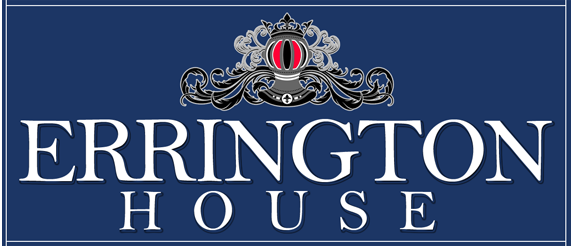Phonics and English Course Provider for Schools: Comparing Traditional vs. Modern Approaches to Phonics Education
Phonics education is an essential skill that serves as the foundation for reading and writing in the English language. It helps children understand how letters and sounds are connected, enabling them to decode words and comprehend written texts. Over the years, different approaches to phonics education have emerged, with traditional and modern methods being the two main categories.
Traditional phonics approaches typically emphasize the explicit teaching of letter-sound correspondences. Students are taught to recognize and associate specific sounds with individual letters or groups of letters. For example, they might be taught that the letter ‘a’ represents the sound /æ/ as in ‘cat.’ Traditional phonics programs often follow a systematic and sequential curriculum, gradually introducing new sounds and building upon previously learned knowledge.
In contrast, modern phonics approaches take a more holistic and interactive approach to teaching phonics. These methods incorporate various multimodal activities and strategies to engage students in the learning process. For instance, students may learn phonics through songs, games, and interactive technology. Modern approaches also place greater emphasis on meaningful reading and writing experiences, providing students with authentic opportunities to apply their phonics knowledge.
Both traditional and modern phonics approaches have their advantages. With traditional phonics, there is a clear and structured progression, ensuring that students build a solid foundation of phonics skills. It can be particularly beneficial for struggling readers or those who benefit from explicit instruction. Traditional phonics programs often provide detailed lesson plans and resources, making it easier for teachers to deliver phonics instruction effectively.
On the other hand, modern phonics approaches capitalize on students’ natural inclination to learn through play and exploration. By incorporating interactive and engaging activities, these methods can enhance students’ motivation and enjoyment of phonics instruction. The inclusion of multimodal resources, such as audiovisual materials and digital tools, can also cater to different learning styles and preferences.
Ultimately, choosing between traditional and modern phonics approaches depends on various factors, including the needs and learning styles of the students, available resources, and the pedagogical approach of the school or district. Some educational institutions may opt for a combination of both approaches, tailoring the instruction to the individual needs of their students.
In conclusion, phonics education plays a crucial role in language acquisition and literacy development. Traditional approaches focus on the explicit teaching of letter-sound correspondences, while modern methods incorporate interactive and multimodal activities. Both approaches have their benefits, and the choice should be based on the needs and preferences of the learners. As a Phonics and English Course Provider for Schools, it is important to carefully consider the strengths and limitations of each approach and adapt the teaching methodology accordingly to foster successful literacy outcomes in students.
Publisher Details:
Errington House: Phonics and English Course Provider
https://www.erringtonhouse.co.uk/
“Encouraging a lifelong passion for learning by providing
opportunities for every child to demonstrate excellence.”
We Drive Learning Outcomes
Knowledge and learning are the supportive pillars to the progress we make as individuals, and what we learn in our first few years of life – and how we learn it – paves the way for learning throughout life.
ABOUT US
Errington House is a curriculum provider of Primary Learning Resources that brings a fresh and innovative approach to mastering the English language by providing engaging levelled learning programs to positively stimulate young minds and instil the love of lifelong learning.
With its head office in Hong Kong and further offices in Thailand and South Africa, Errington House provides a range of superior books that are designed to meet the National Standards in Education and support children’s thirst for knowledge during their formative years.
